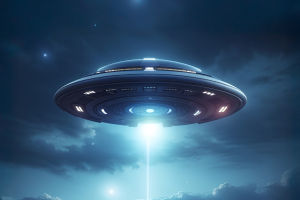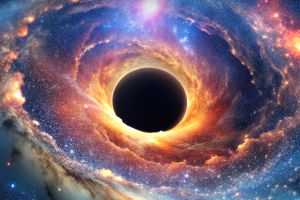We often pause and wonder: where do we come from? Every part of our body—from the brain to our blood—is made of elements. Yes, the very elements you see in the periodic table make up our flesh, our nerves, and the air we breathe.
There are 118 elements known in the universe today, some naturally occurring, some human-made. Of these, more than 60 types are found in the human body.
Eleven of them, like calcium, sodium, potassium, magnesium, carbon, hydrogen, and oxygen, are essential in larger quantities. The rest exist in trace amounts, with some still critical for our survival. But this raises a fascinating question: if we are made of elements, where did they come from?
Stars Are Element Factories
Most elements in the universe are forged in stars. Stars are luminous, heat-emitting spheres with varying masses. Some are like our Sun—a yellow dwarf. Others are smaller, like orange or red dwarfs, and some are much more massive than the Sun.
Regardless of size, every star starts its nuclear fusion journey with hydrogen, the lightest known element. Inside a star, hydrogen fuses into helium, a process that can take billions of years. For example, the Sun, with a lifespan of roughly 10 billion years, spends almost all of it converting hydrogen into helium. This fusion generates all the light and heat we experience on Earth.
The moment when helium begins fusing rapidly in a star is called the helium flash, marking the transition to the next stellar phase.
From Helium to Heavier Elements
During a helium flash, a tremendous burst of energy occurs in the star, enough to drastically affect nearby space environments. After this, stars enter the red giant phase. Fusion inside the star continues, producing heavier elements like carbon and nitrogen.
However, the extent to which fusion can create heavier elements depends on the star’s mass. Most stars can only fuse elements up to iron. For our Sun, the process never reaches iron due to its relatively low mass. Only stars at least eight times more massive than the Sun can push fusion to iron, because fusion up to this point releases energy that counterbalances gravitational collapse.
Once fusion reaches iron, it stops releasing energy and starts consuming it instead.
The Birth of Heavier Elements in Supernovae
When a massive star can no longer sustain nuclear fusion to counteract gravity, its core collapses. Yet the universe contains elements far heavier than iron—materials that ordinary fusion inside stars cannot produce. These arise during one of the universe’s most violent events: a supernova.
In the final moments of a star’s life, its collapsing core triggers a tremendous rebound, blasting stellar material outward with more energy than the star emitted over its entire lifetime. Within this extreme environment—where temperatures and neutron densities skyrocket—elements heavier than iron, such as silver, gold, and uranium, are forged. These elements are then scattered across space, seeding future stars, planets, and even life itself.
Astrophysicist Dr. Karin Müller notes, “Supernovae act like cosmic forges—only in these explosive conditions can the universe manufacture its heaviest and rarest elements.”
Neutron Star Collisions: Cosmic Alchemy
Supernovae aren’t the only source of heavy elements. After a supernova, a star may collapse into a neutron star, an incredibly dense object composed almost entirely of neutrons.
If two neutron stars collide, the energy released is even greater than in a supernova, producing massive amounts of elements heavier than iron. Scientists believe that precious metals like gold are primarily formed in these cosmic collisions.
Stars as the Creators of Everything
Whether through nuclear fusion in stars, supernova explosions, or neutron star collisions, the creation of elements always begins with stars. In other words, stars are the architects of the universe’s material.
When we look at ourselves, it’s awe-inspiring to realize that we are truly made of stardust. Every atom in our bodies, every piece of the world around us, was once part of a star.
Stars Within Us
Next time we touch our hands or look in the mirror, let’s remember that we carry the universe inside. Every atom in our bodies was forged in distant stars billions of years ago.
Knowing this changes how we see ourselves and the world. So, Lykkers, let’s celebrate the stars within us and the incredible journey that shaped who we are today.


